ABSTRACT
This paper firstly introduces the importance of temperature control in concrete measurement, then a passive radio frequency identification (RFID) sensor tag embedded for concrete temperature monitoring is presented. In order to reduce the influences of concrete electromagnetic parameters during the drying process, a T-type antenna is proposed to measure the concrete temperature at the required depth.
The proposed RFID sensor tag is based on the EPC generation-2 ultra-high frequency (UHF) communication protocol and operates in passive mode. The temperature sensor can convert the sensor signals to corresponding digital signals without an external reference clock due to the adoption of phase-locked loop (PLL)-based architecture.
Laboratory experimentation and on-site testing demonstrate that our sensor tag embedded in concrete can provide reliable communication performance in passive mode. The maximum communicating distance between reader and tag is 7 m at the operating frequency of 915 MHz and the tested results show high consistency with the results tested by a thermocouple.
PRINCIPLES OF INTELLIGENT TEMPERATURE CONTROL
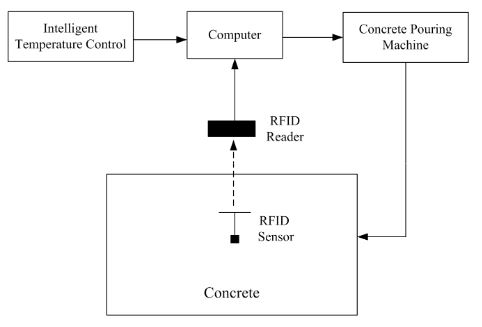
Figure 1. Proposed concrete-temperature monitoring method
Figure 1 shows the architecture of our proposed concrete-temperature monitoring method based on an embedded passive RFID sensor tag. The RFID sensor tag is embedded in concrete for accurate temperature monitoring. The RFID reader received the temperature data from the embedded RFID sensor and then the computer controlled the concrete pouring machine based on the intelligent temperature control pattern discussed below.
ANALYSIS OF ELECTROMAGNETIC WAVE TRANSMISSION IN CONCRETE
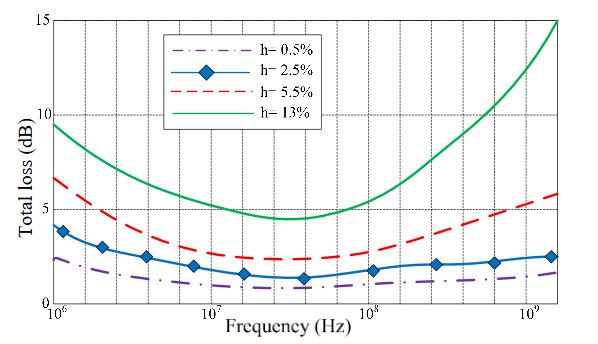
Figure 3. Total loss of electromagnetic waves penetrating concrete
Figure 3 illustrates the MATLAB-simulated results of overall loss at a depth of 0.2 m, from 1 MHz to 1 GHz. The analysis was repeated at typical concrete humidity conditions, i.e., 0.5%, 2.5%, 5.5%, and 13%. The overall loss can be obtained from the sum of the transmission loss and propagation loss.
WIRELESS SENSOR TAG
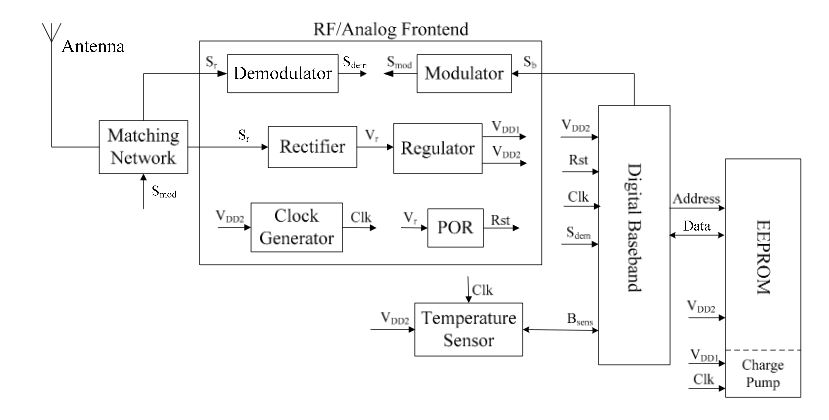
Figure 4. Structure of the proposed RFID temperature sensor tag
From the architecture of the proposed RFID temperature sensor tag is shown in Figure 4. The sensor tag is based on the EPC generation-2 UHF communication protocol and operates in passive mode. Except for the antenna and matching network, the other blocks, including the RF/analog frontend, digital baseband, electrically erasable programmable read-only memory (EEPROM), and temperature sensor, are fabricated in a single chip for low-cost application.
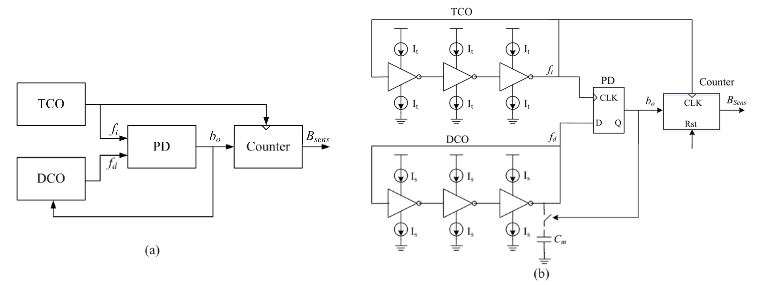
Figure 6. Proposed temperature sensor: (a) architecture; and (b) schematic
The architecture of the proposed temperature sensor is shown in Figure 6a. It developed from the phase-locked loop (PLL)-based interface theory and can be divided into four blocks: a temperature-controlled oscillator (TCO), a digitally-controlled oscillator (DCO), a phase detector (PD), and a counter.
EXPERIMENTAL CHARACTERIZATION

Figure 8. Photo of the proposed RFID sensor tag: (a) tag chip; (b) RFID sensor tag
Figure 8a shows the microphoto of our RFID sensor tag chip. The RFID tag chip was designed and fabricated using the TSMC 0.18 μm 1P6M mixed-signal CMOS process. As shown in Figure 8b, this tag chip was matched with the proposed T-type antenna on FR4 substrate for the temperature measurement in the laboratory. The overall tag covers an area of approximately 13 × 15 cm2.
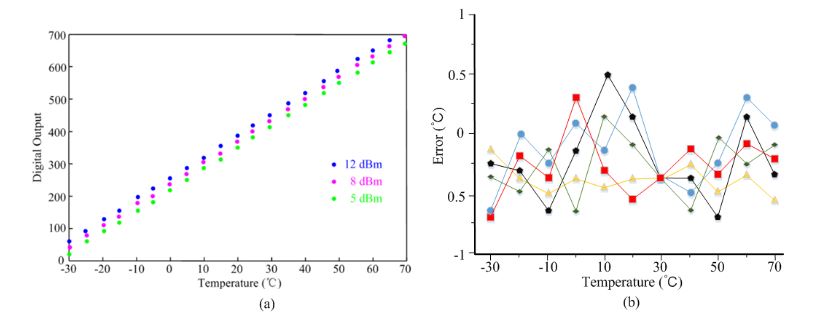
Figure 11. Tested performances of the temperature sensor: (a) linearity; and (b) error
In order to test the temperature performances, the proposed sensor tag is put into the climate chamber together with an antenna of the RFID tester. The measured digital outputs of the tag at different input powers (12, 8, and 5 dBm) are shown in Figure 11a. The digital output of the tag can read from the reader.
CONCLUSIONS
Temperature monitoring plays a dominant role in concrete measurement. In this work a wireless temperature sensor tag based on the EPC generation-2 UHF communication protocol is proposed to monitor the temperature inside concrete online. Considering the high losses of electromagnetic waves in concrete, a T-type antenna is proposed to ensure the sensor tag can work inside the concrete. The temperature sensor employs a PLL-based architecture and can transfer the sensor values to a digital output in the frequency domain without a reference clock.
The measured results show the proposed sensor tag achieves high temperature linearity. The communication flow of the proposed sensor tag was tested in the laboratory, the maximum operating distance and the temperature measurement were tested on a construction site. The measured temperature results by the RFID sensor and thermocouple are almost consistent. The whole experiment demonstrates that the proposed sensor tag can provide reliable performance in wireless concrete temperature measurement.
Source: East China Jiaotong University
Authors: Yongsheng Liu | Fangming Deng | Yigang He | Bing Li | Zhen Liang | Shuangxi Zhou
>> More Analog Communication Projects using Matlab for Final Year Students
>> More Matlab Projects based on Wireless Communication for Engineering Students
>> More Wireless Communication Projects in Matlab for Engineering Students
>> More Wireless Embedded Projects for Engineering Students